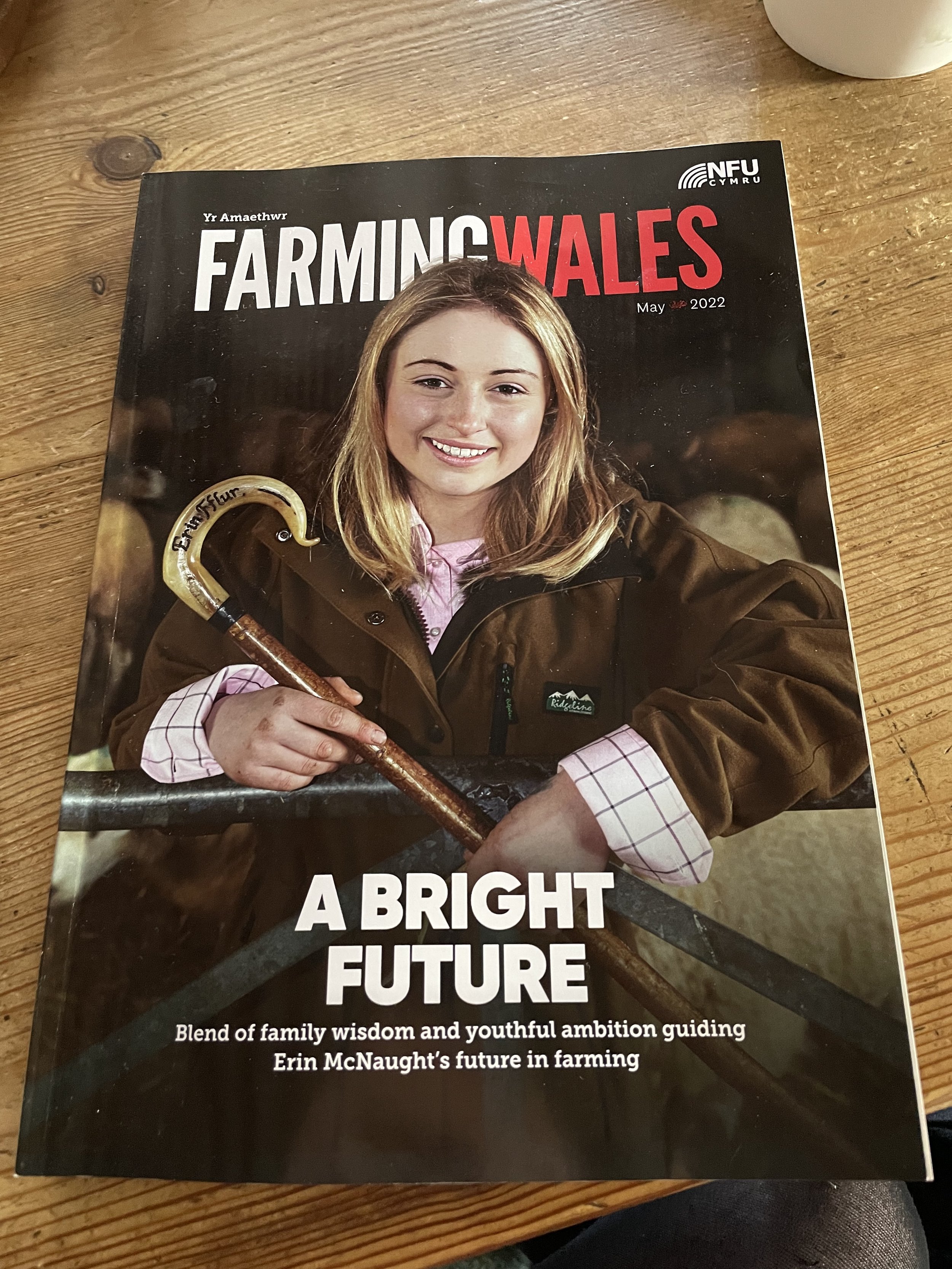
Farming Wales: Colostrum Management
An article for NFU Wales’s Farming Wales magazine about colostrum management for dairy calves

Nuffield #9 No Bears Please
Pre-Nuffield visits visit to Banff and Lake Louise
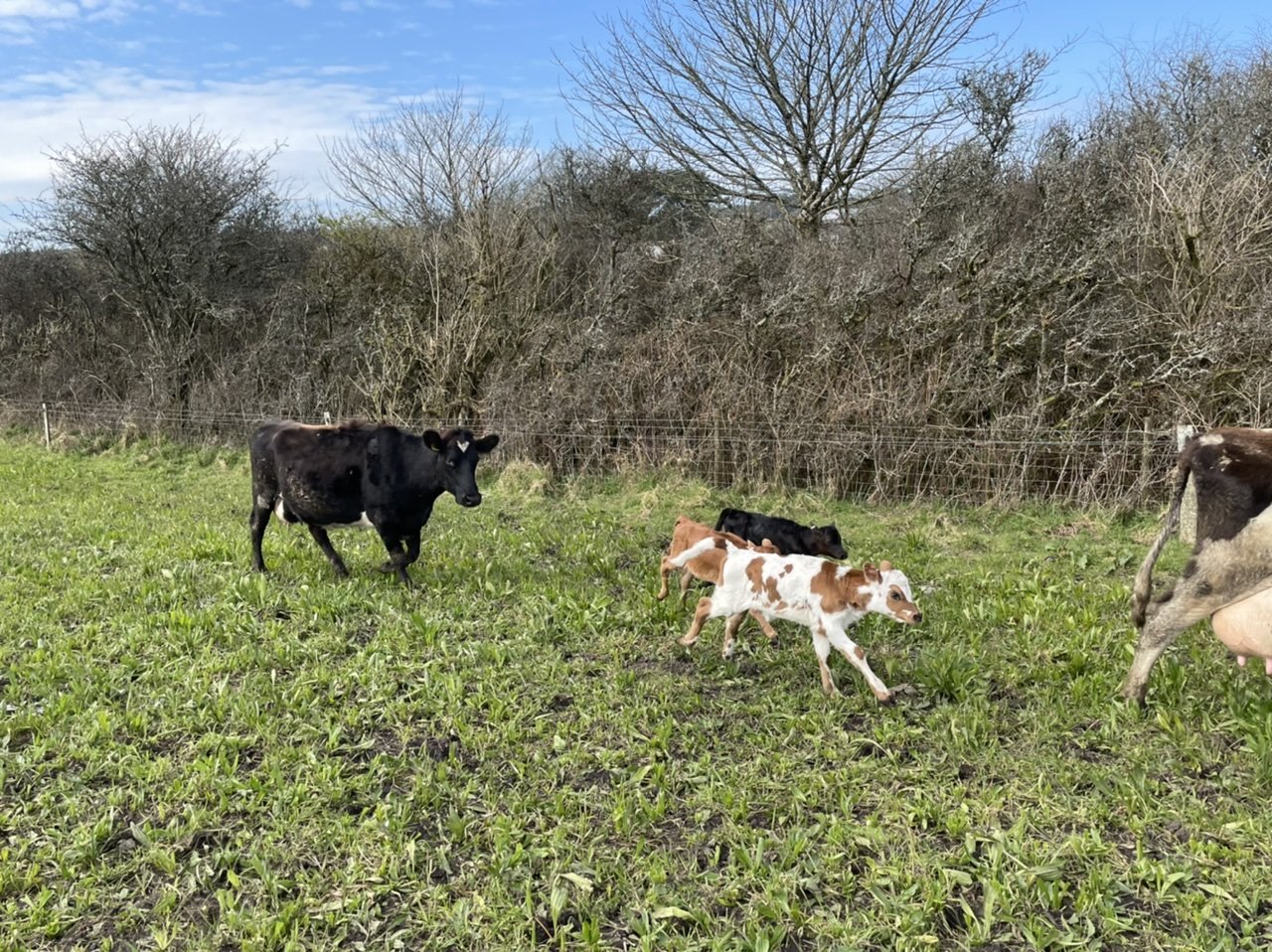
Nuffield #8: Cow Calf Contact in Cornwall and Devon
A visit to a foster cow system in Cornwall and a dam rearing system in Devon

British Farmer and Grower: Forestry and Woodland Supplement
Forestry and woodland advertorial supplement, written for British Farmer and Grower
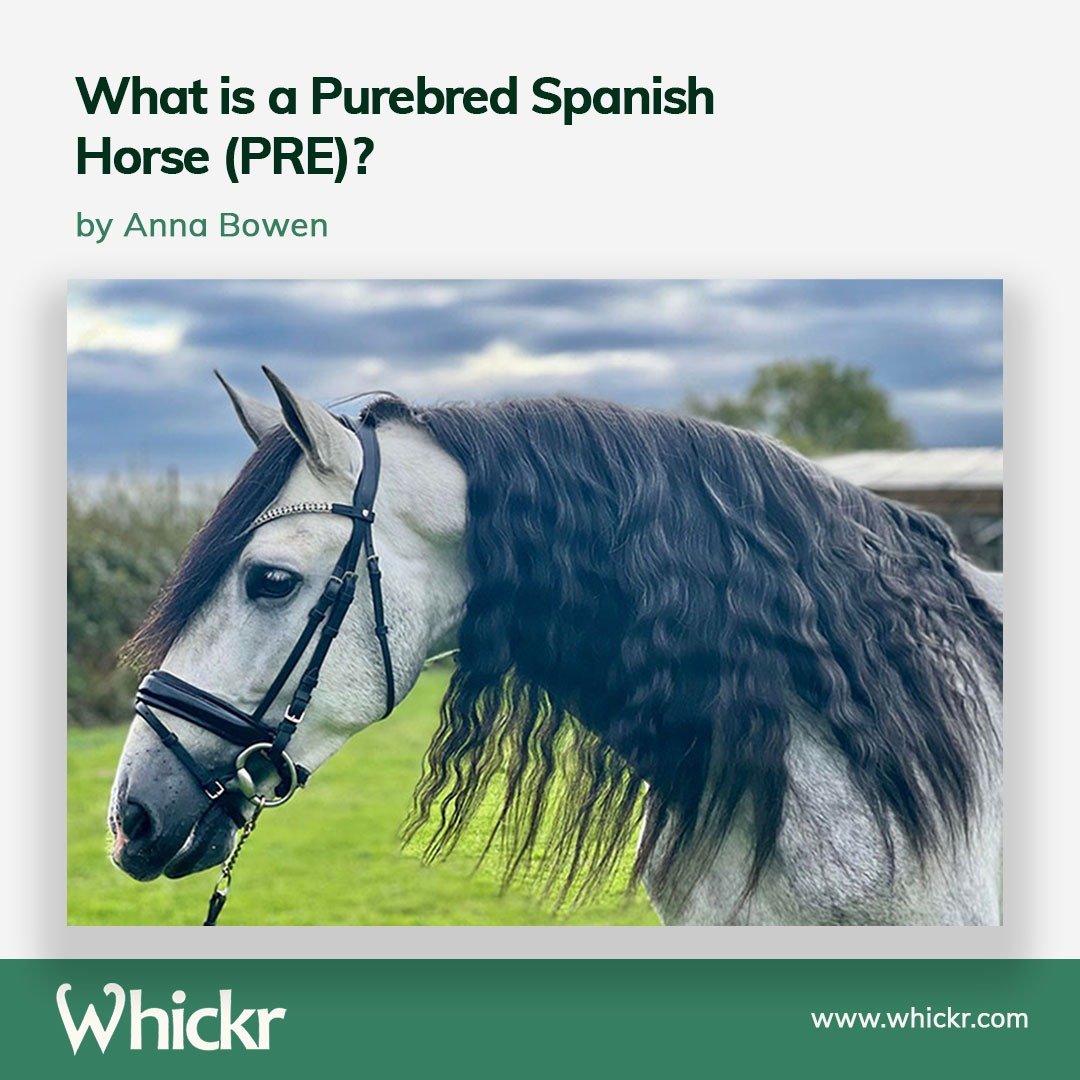
Whickr: What is a Purebred Spanish Horse (PRE)?
The Purebred Spanish Horse is also known as the PRE - Pura Raza Espanola. Sometimes confused with the Andalusian, the Purebred Spanish Horse is a very old sports horse which has played a significant role in European history.

Farmers Guardian: Denmark’s Bull Calf Policy
An article written for Farmers Guardian about Denmark’s policies as they seek to end bull calf euthanasia by 1st January 2022
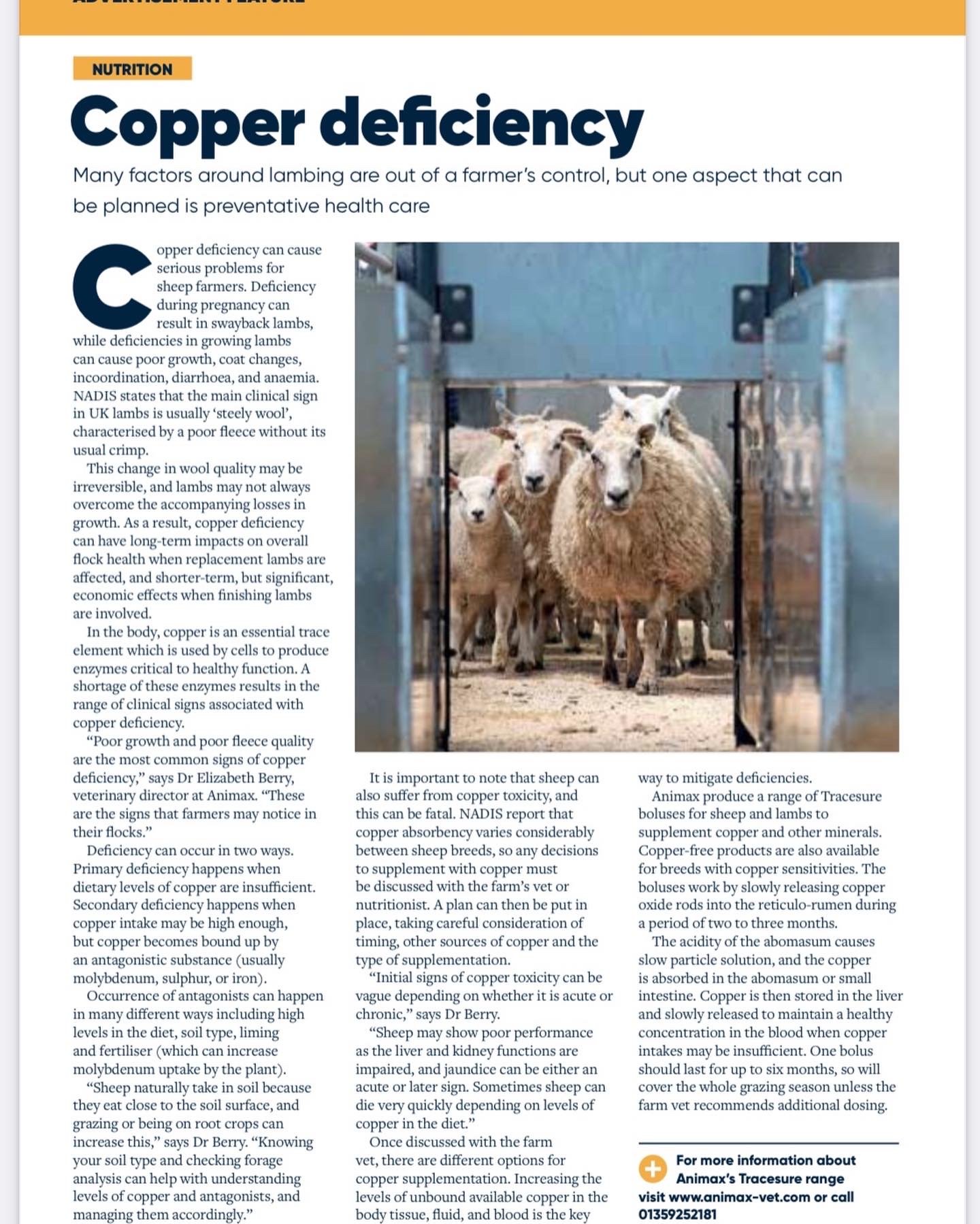
British Farmer & Grower: Animal Health & Welfare Supplement
An animal health and welfare supplement written for the NFU’s British Farmer and Grower magazine
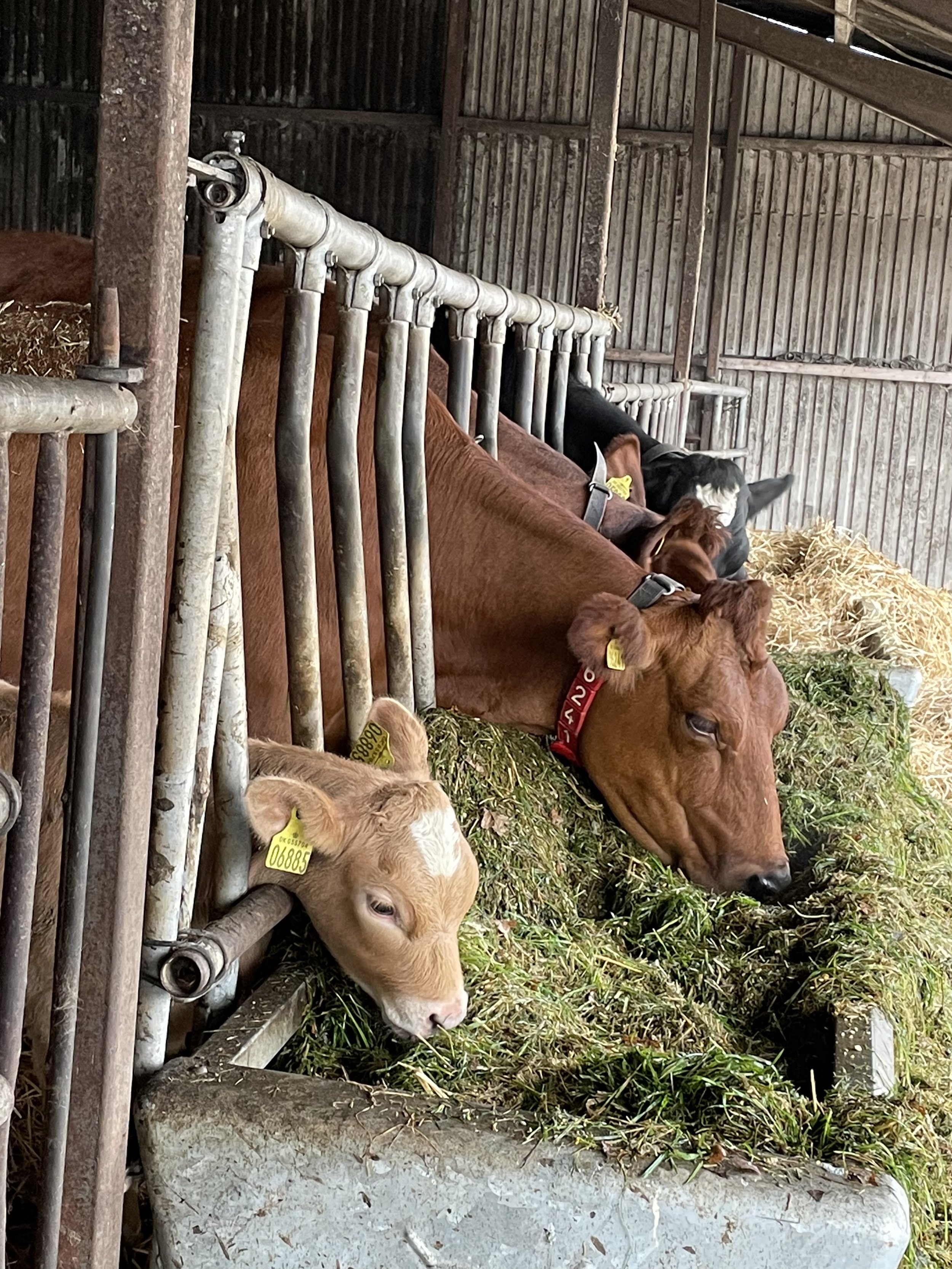
Nuffield #7 The Week of Living Danishly (Day 4)
Foster cow systems can work inside and outside
Foster cow systems can work where dam rearing isn’t feasible
Keep reared calves in groups of similar age, and handle regularly
Colostrum intake is crucial, even when calves won’t be artificially reared
Kindergarten areas must be Jersey proof
Farmers in Denmark are also challenged by cow-calf contact systems where there is no additional return for their milk
Foster cows can rear multiple pairs of calves
Fostering can have psychological benefits for cows e.g. second lease of life
Mechanical straw dispensing is a useful labour saving device in Denmark
Data is king, queen, and prime minister
Treat all calves equally
Medium sized herds in Denmark are turning to robots to make up for lack of labour, bigger ones have to use rotaries and so can’t fix the issue with automation
Calf rearers have a choice of supplying farmers, so dairy farmers must keep them sweet through delivering healthy, well grown calves with the genetic potential to perform as beef calves
Holstein bulls are nasty and will beat up dairy x beef calves- so keep separate
The increase in sexed semen usage is great for dairy farmers AND for calf rearers
There are limited options for Jersey bull calves, but farmers can accommodate the small number born from sexed semen by rearing alongside heifers to finish- either for sale or own consumption

Nuffield #6 The Week of Living Danishly (Day 3)
There is still so much to learn about cow calf contact
Some cows really aren’t motivated by their calf… but others are
Foster cows and calves can have strong bonds and successful partnerships
Feeding colostrum with the three qs (quality, quantity, and quickly) is really important for calves that suckle their mothers/fostered cows
Calves can go from separation and teat feeding back to cows
Milk production in full contact systems seems to vary by farm, but in the project was down to 2-3 litres. Half day contact saw 20 litres +, and cows in the full day contact would drip milk if separated from their calves
When calves were in half day contact and not supplemented with milk, they did not appear smaller than those with full day contact
Cows with full day contact can be reluctant to let down milk in the parlour- some farmers are better at this
Post Nuffield I would really like to do more with this subject, PhD anyone?
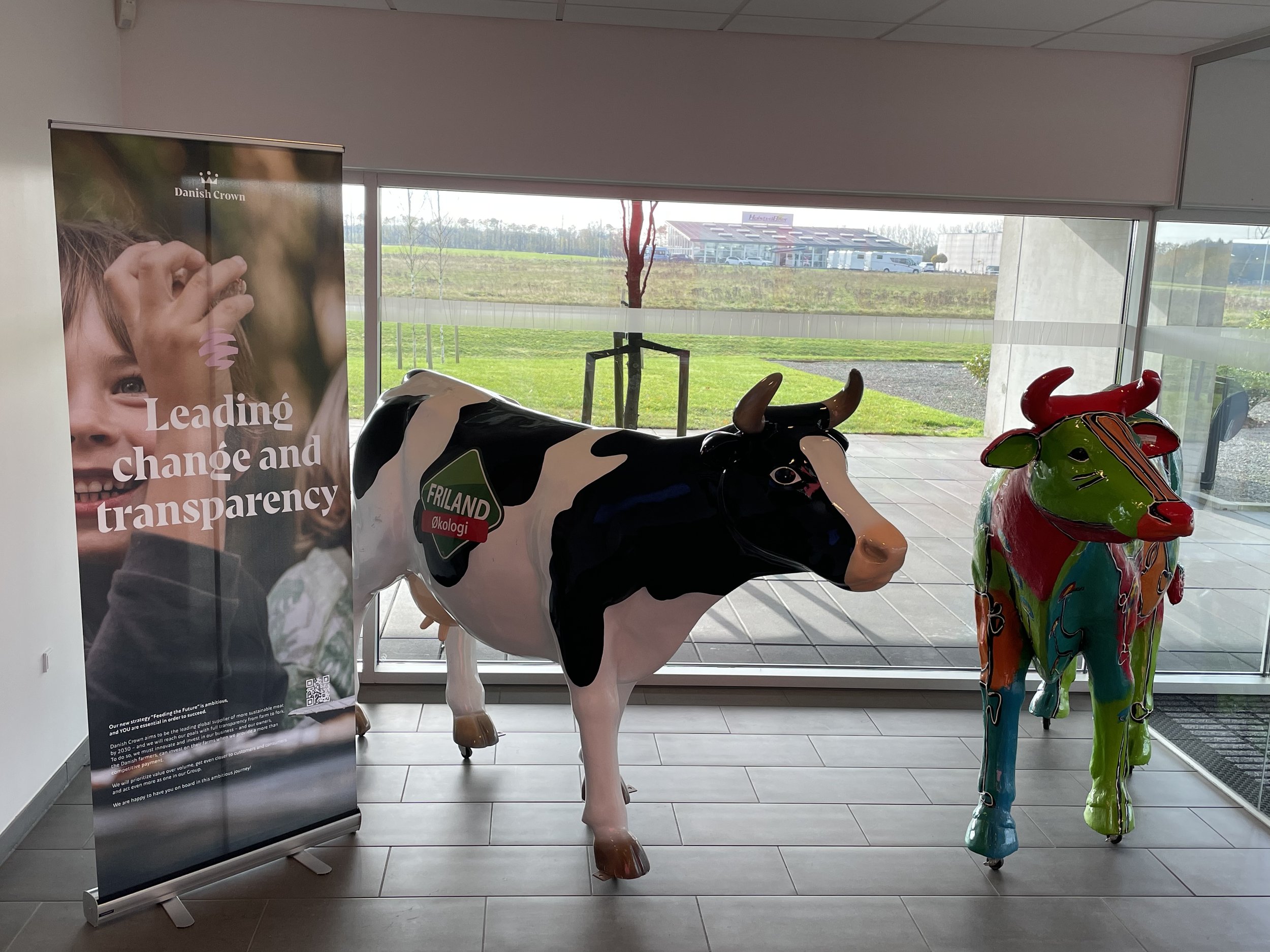
Nuffield #5 The Week of Living Danishly (Day 2)
The UK industry is looking to finish dairy calves younger, in order to be more cost efficient. Denmark has got this wrapped up, but is looking to breed animals for a slower finishing process
Jersey x beef meat is the best tasting
A strategy to rear beef to displace imports can satisfy farmers and consumers
Beef from the dairy herd has clear environmental benefits
Sexed beef semen can help farmers meet market demands
Dairy farmers need to produce calves that are attractive to beef farmers- breed, sex, and health/weight when sold
Any person can access a Danish database which shows how many cows, heifers, and bulls are on a farm, and whether or not they have salmonella in the herd
Clear marketing of products can make dairy beef (both pure and cross bred) attractive to supermarkets and consumers
Denmark are acting to improve the ethics of dairy farming now, while attention focuses mostly on mink and pigs, meaning they are a step ahead
In a relatively short space of time the Danish dairy industry has worked together- from farmers to breeding companies to slaughterhouse to supermarket- to develop a strategy which will eliminate euthanasia and also deliver meat products that consumers want to buy and that will lower the carbon foot print of beef eaten in Denmark
Through this a new opportunity has also arisen fro calf rearers/beef farmers who want to or need to work with a different model to that which currently dominates

Nuffield #4 The Week of Living Danishly (Day 1)
At the start of any trip like this I am concerned that I’ve come to the right places and asked the right questions. Viking Genetics were brilliant hosts and gave me a comprehensive run down of the Danish dairy industry, as well as vital information on Denmark’s particular strategies, and the steps that they have taken to make the industry more ethical (and potentially more environmentally friendly, as beef from dairy = lower carbon footprint, as does more efficient management). My key learnings would be:
Jersey beef has a market of its own, but it is a top end one
Jersey x beef calves can hold their own
Heifer beef calves may not match the growth rates needed for Denmark’s ten month finishing age, but there are options for slower growing animals to graze poorer grass and establish their own market
Beef from dairy has environmental benefits, even it that starts with displacing imported beef
Beef semen for dairy cows needs to be evaluated differently to beef for beef
Calving ease is king
An industry can make a seismic shift to sexed semen, but will need some help along the way
Selection of best cows starts with genomics, but can work with phenotypic data for cross breeds
We need comprehensive ways to show farmers how using sexed and beef semen can impact the profitability and carbon footprint of their herds
ProCross and Viking Genetics’s other three way breeding strategies have great potential in the UK for producing a cow that has milk and meat value, and therefore can champion efficient milk production, integrated beef, and be better for the environment
Data = better
Spread the risk with beef bulls as well as sexed semen bulls- dairy farmers already use different dairy bulls, but there are still some who use one sexed and one beef bull. Using multiple bulls can overcome issues with fertility, but also any risks associated with one bull throwing big calves
Male sexed beef is often overlooked but really does have a role to play
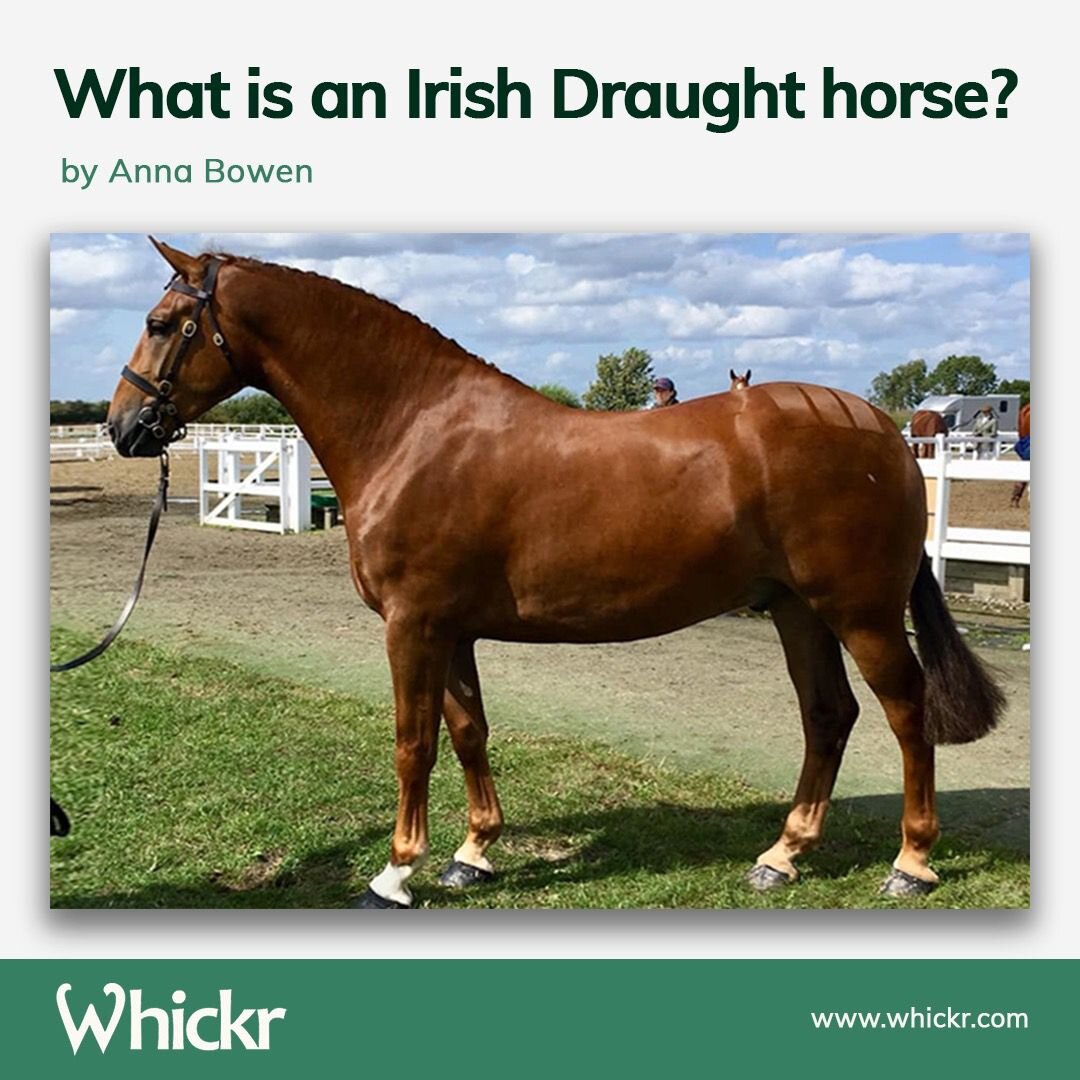
Whickr: What is an Irish Draught?
What is an Irish Draught?
The Irish Draught is a breed of horse, native to Ireland. Originally an all-purpose farm horse, this strong, athletic, and resilient breed has become a lynchpin of sport horse breeding.
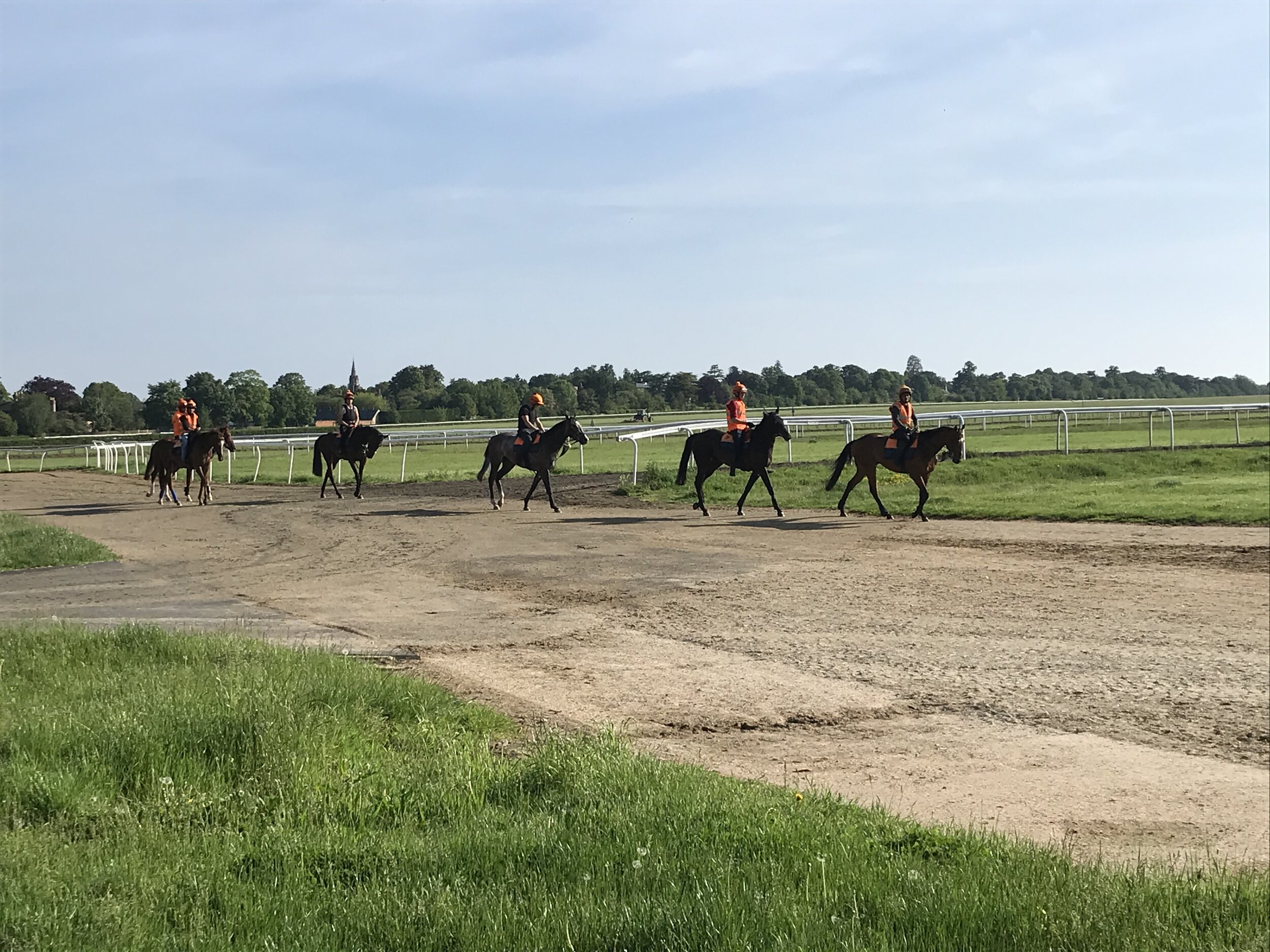
Nuffield #2: East Anglia
My trip to East Anglia was a brilliant start to my studies. It was great to see the links between racing and dairy, and to make contacts to continue that learning throughout my scholarship. Old Hall Farm gave me a first taste of cow- calf contact dairy in a practical setting, and has answered many of my questions about the feasibility of such an approach while raising many others. On the conventional side I was reminded of how much straight forward integrated dairy and beef systems would be were the whole country on a four year tb testing interval, and I picked up some excellent tips on sexed semen use. I saw the scope and potential of using livestock to improve soil health, and the challenges and opportunities of being dairy farmers in a predominantly arable area. The farmers I met were brilliant and inspiring, and I am hugely grateful to them all for taking the time to speak to me and to show me their cows and farms.
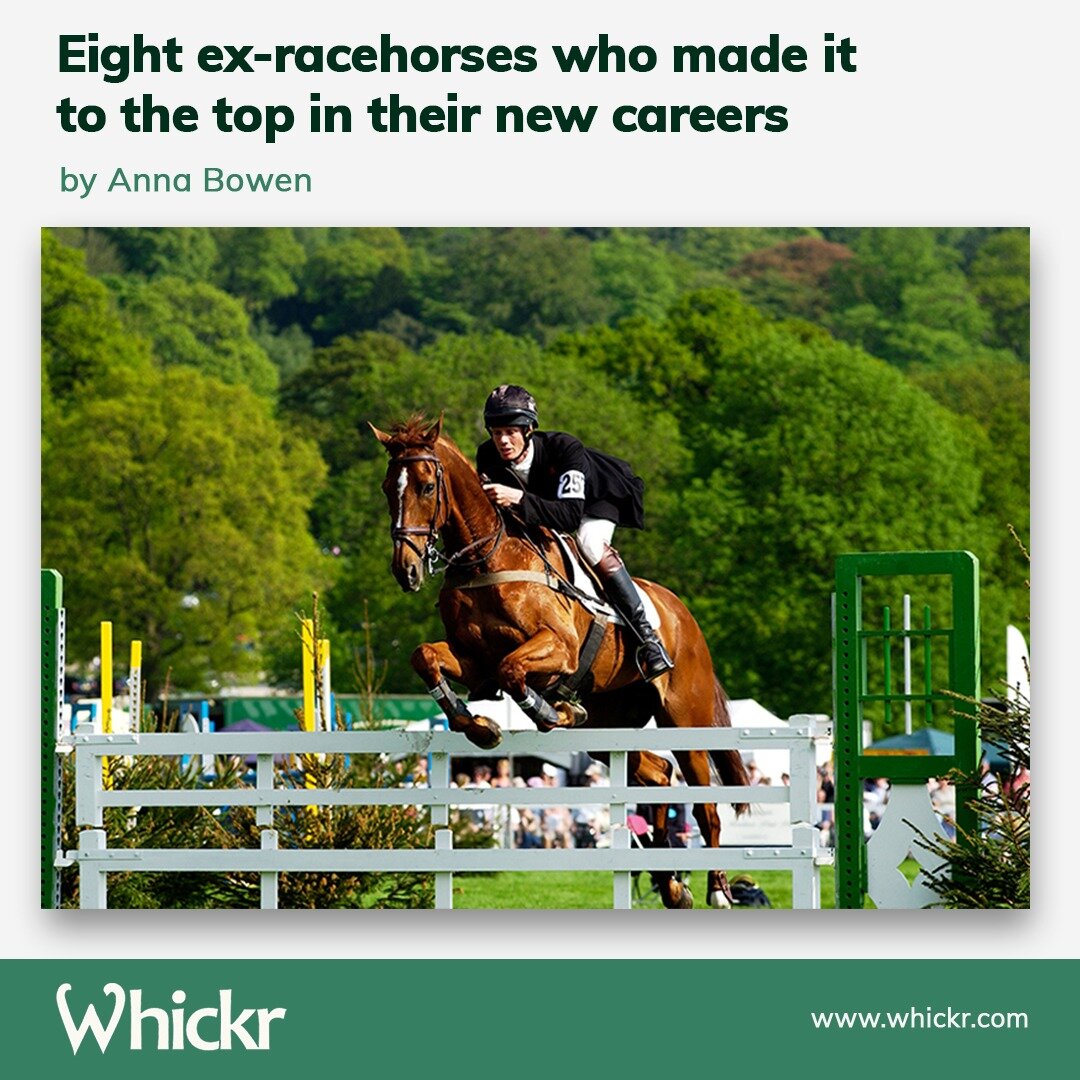
Whickr: Eight Ex-Racehorses Who Made It To The Top In Their New Careers
In 1987 Idle Dice became the first horse to be inducted into the Showjumping Hall of Fame, followed twelve years later by his rider. Rodney Jenkins retired in 1989, the most successful American showjumper of all time, and in an elegant symmetry, started work as a racing trainer. Based in Maryland, Rodney has saddled over 25 stakes winners.
British Farmer & Grower: Cereals Preview
Nuffield #1: Around the World in 80 Zooms
It is now April, six months from the letter which told me that I was a Nuffield Scholar, and physically I haven’t taken a step off the farm in Ceredigion. Digitally however I have been around the world, speaking to farmers, scientists, students, and industry professionals from New Zealand to Canada. In the COVID world, travelling is done online.
Veterinary Record: Offering Better Equine Dentistry Services
An article in Veterinary Record about the advantages of using a vet for equine dentistry